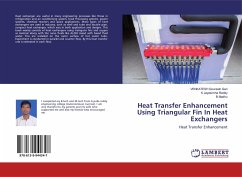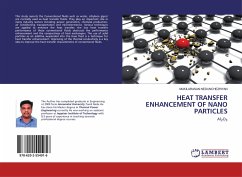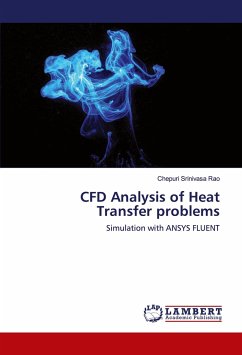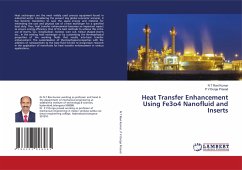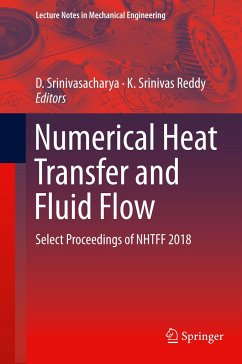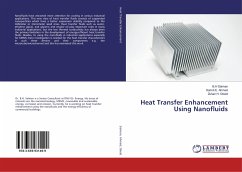
Heat Transfer Enhancement Using Nanofluids
Versandkostenfrei!
Versandfertig in 6-10 Tagen
46,99 €
inkl. MwSt.

PAYBACK Punkte
23 °P sammeln!
Nanofluids have attracted more attention for cooling in various industrial applications. This new class of heat transfer fluids consists of suspended nanoparticles which have a better suspension stability compared to the millimeter or micrometer sized ones. Heat transfer fluids such as water, ethylene glycol, and glycerin and engine oil play important roles in many industrial applications, but the low thermal conductivity has always been the primary limitation in the development of energy-efficient heat transfer fluids. Besides, to using the nanofluids in industrial applications especially for...
Nanofluids have attracted more attention for cooling in various industrial applications. This new class of heat transfer fluids consists of suspended nanoparticles which have a better suspension stability compared to the millimeter or micrometer sized ones. Heat transfer fluids such as water, ethylene glycol, and glycerin and engine oil play important roles in many industrial applications, but the low thermal conductivity has always been the primary limitation in the development of energy-efficient heat transfer fluids. Besides, to using the nanofluids in industrial applications especially for MEMS more investigation is needed for the heat transfer characteristics in such these devices and their components e.g. the microtube/microchannel and this has motivated this work.



